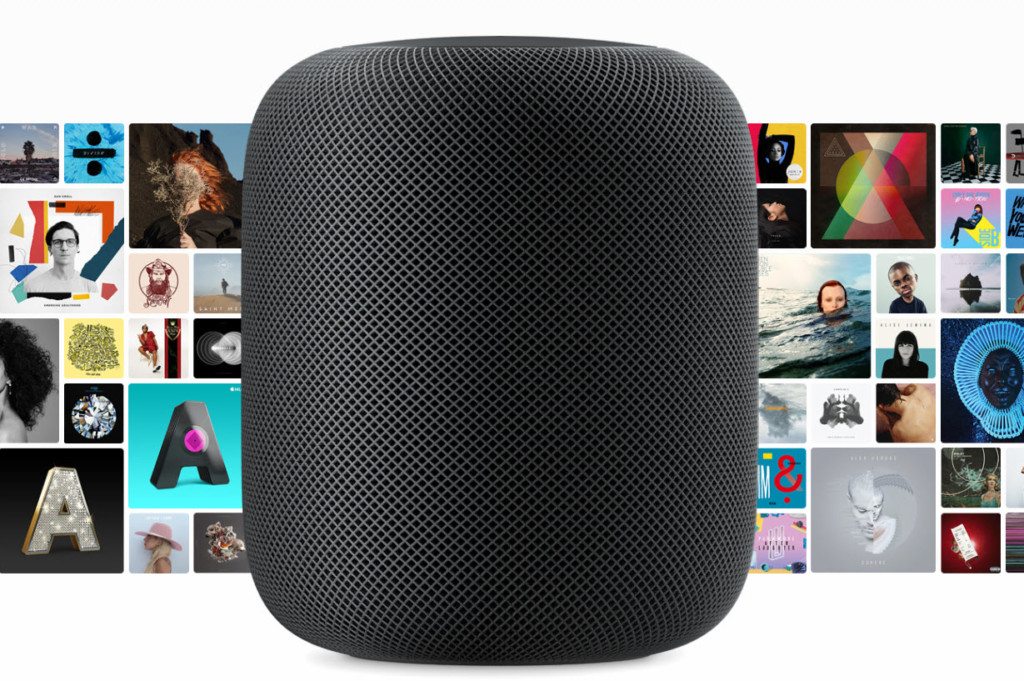It has been only 10 years since the iPhone launched but it is fascinating to go back a decade and watch how Steve Jobs launched the then new iPhone and compare that to how Tim Cook launched the now new HomePod. It reminded me a bit of the old video of how Microsoft would have fixed the iPod packaging (a video that every person that has ever packaged a product should watch).
If you watch both videos—well all three actually—you should see one really sad thing. That the magic that created the most powerful product in the history of tech—the product that made Apple the most valuable company in the world—has largely been lost. Apple just doesn’t launch products like this anymore. Its new HomePod vs. Amazon Echo fight reminds me a bit too much of the old Zune vs. iPod fight. Even the name HomePod is lame.
But what I’d like to revisit is the magic and drama of a Steve Jobs Apple launch vs. the content rich approach of how Tim Cook launches a product.
Creating Drama and Excitement
[inlinetweet prefix=”” tweeter=”null” suffix=””]Much of what Steve Jobs did when he launched a product was stage craft. [/inlinetweet]He set an expectation and then blows it out of the water. In many ways, this is like a good magician, it isn’t the mechanics of the trick itself that differentiates a high-end magician from a street performer. It is the drama and stage craft that surrounds it. There is a flare, a certain catching of the breath, a belief that just maybe, maybe, what you saw was actual magic when the high-end pro does a trick, while the street performer is just entertaining.So, if you watch the first video you see Steve announce three products with the reveal being that the iPhone is all three. This was a variant of what he did with his famous, “and one more thing” ending of his events. You thought it was over, that all of the reveals were done, and he hit you with a surprise while your guard is down. We still see this last in some movies where if you hang in there after the credits there is one more scene that either provides different context or leads into the coming sequel to the movie you just saw.
I recall going to a Steve Jobs launch in the early part of last decade and walking out with a group of analysts raving about what we had seen only to realize he hadn’t really launched anything new. The stagecraft he used made us see things that weren’t actually there and created excitement from content that had none organically.
Vs. Tim Cook
Now when you watch Tim Cook bring out a new product, it is launched much like most products are launched. You start with a need that may or may not exist (a better smart speaker) and then you throw features at the audience to justify why your product meets the need you have established better than competing products. Most of us in tech could do one of these in our sleep. The audience is disconnected. I mean, who of you that has an Amazon Echo constantly says, “you know what this really needs? Radial mounted microphones and a 4-inch woofer!” Of course not—the Echo sounds pretty damn good. In fact, if you were really going to convince me I needed something better using this new approach you’d be well served to have me listen to the Amazon and Apple products so I could hear the difference. Yet that isn’t at all what Apple did.
Apple took a need that didn’t actually exist and threw a solution at it without any kind of validation even user testimony. This last is another traditional way to approach this problem—you get a third-party advocate on stage who is credible and heard both products and get them to validate your claim that your product is substantially better than the dominant one in the market.
If you recall the Microsoft Zune, Microsoft launched it against the dominant iPod with a similar effort. The Zune would do video, with the Zune you could share music, and the Zune came in brown, which Microsoft believed was the new black—and the iPod rolled right over it mostly because Microsoft never made anyone want those differences enough to change.
Wrapping Up: Burning the Gold Standard
I look back and Microsoft’s Windows 95 launch was an amazing event and people lined up to buy that OS much like they line up to buy iPhones or sign up to buy Tesla 3s. Yet they only did that launch once and decided to never do it again because the logistics problems associated to that kind of demand scared the hell out of them and they managed the folks that did the launch out of the company. Once Steve Jobs got the formula right he took it from the iPod, to the iPhone, to the iPad and then he died and apparently took the process he used with him. You’d think, given Microsoft’s success in the 1990s and Apple’s last decade others would emulate what they did but even Microsoft and Apple don’t do this anymore.
I’ll likely never understand why firms create and then burn a practice that has proven to be massively successful.
- The HP OmniBook X Flip 2-in-1 16-Inch: Your New Digital Swiss Army Knife (Now in Glorious Atmospheric Blue) - June 25, 2025
- The Open AI Avalanche: Why AMD’s Collaborative Spirit Is Outmaneuvering NVIDIA’s Empire - June 22, 2025
- Lenovo Embraces OpenBMC: A Step Towards Greater Transparency and Control in the Data Center - June 17, 2025



